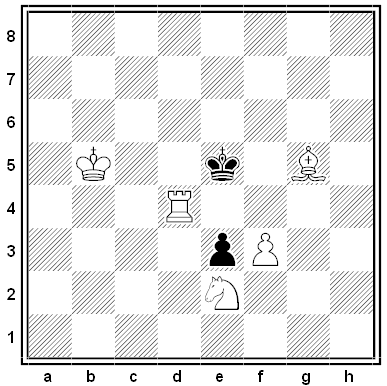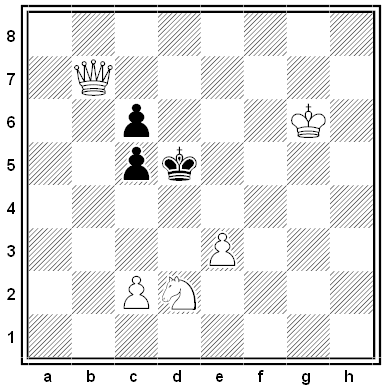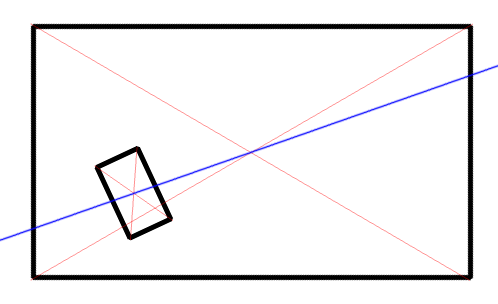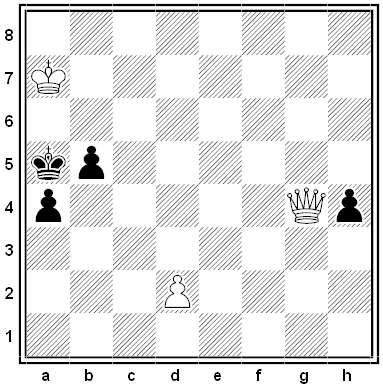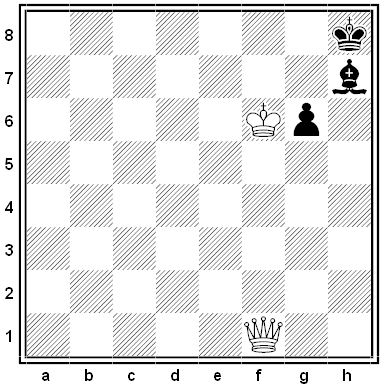Puzzles
Podcast Episode 69: Lateral Thinking Puzzles

Here are four new lateral thinking puzzles to test your wits! Solve along with us as we explore some strange situations using only yes-or-no questions.
Black and White
Knife Act
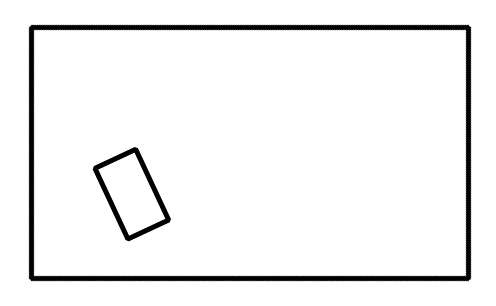
I have just baked a rectangular cake when my wife comes home and barbarically cuts out a piece for herself. The piece she cuts is rectangular, but it’s not in any convenient proportion to the rest of the cake, and its sides aren’t even parallel to the cake’s sides. I want to divide the remaining cake into two equal-sized halves with a single straight cut. How can I do it?
Black and White
Close Dosage
You’re on a drug regimen that requires you to take one pill a day from each of two bottles, A and B. One day you tap one pill into your palm from the A bottle and, inadvertently, two pills from the B bottle. Unfortunately the A and B pills are indistinguishable, and taking more than one B pill per day is fatal. And the pills are very expensive, so you can’t afford to throw out the handful and start over. How can you arrange to take the correct dose without wasting any pills?
Hour of Babel

A problem from the second Balkan Mathematical Olympiad, 1985:
Of the 1985 people attending an international meeting, no one speaks more than five languages, and in any subset of three attendees, at least two speak a common language. Prove that some language is spoken by at least 200 of the attendees.
Black and White
Cube Route

You’re planning to make the wire skeleton of a cube by arranging 12 equal lengths of wire as shown and soldering them at the corners.
It occurs to you that you might be able to simplify the job by using one or more longer lengths of wire and bending them into right angles at the cube’s corners.
If you adopt that plan, what’s the smallest number of corners where soldering will still be necessary?
Weighing in Verse

How can you find one bad coin among 12 using only three weighings in a pan balance? We published the classic solution in November 2013, but a clever alternative appeared in Eureka in October 1950. Here the aspiring counterfeiter is named Felix Fiddlesticks, and he’s trying to find the coin for this mother:
F set the coins out in a row
And chalked on each a letter, so,
To form the words: “F AM NOT LICKED”
(An idea in his brain had clicked).
And now his mother he’ll enjoin:

This plan will reveal the bad coin no matter which it is. For instance, if the coin marked O is heavy, then in the first two weighings the left pan will drop, and in the third weighing it will rise; no other bad coin will produce this result. The plan will also reveal reliably whether the bad coin is heavy or light.
Such cases number twenty-five,
And by F’s scheme we so contrive
No two agree in their effect,
As is with pen and patience checked:
And so the dud is found. Be as it may
It only goes to show CRIME DOES NOT PAY.
(Cedric Smith, “The Twelve Coin Problem,” The Mathematical Gazette, Vol. 89, No. 515 [July 2005], pp. 280-281. A generalized algorithm for solving such a problem for any number of coins is given by Michael Weatherfield in the same issue, pp. 275-279.)

